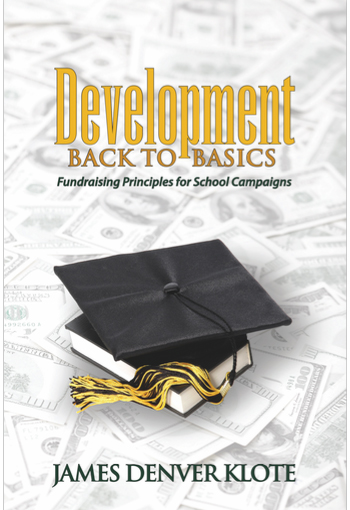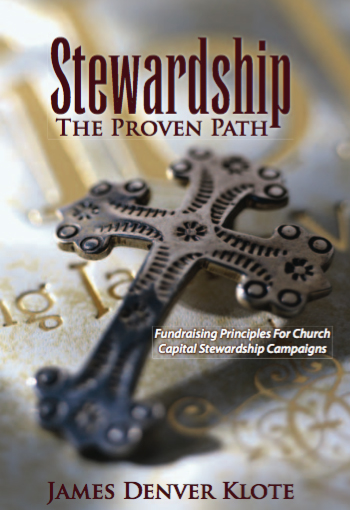Making business charitable donations is more than good business citizenship; it can also save tax. Though it’s important you know your options. Businesses can make charitable donations to bona fide nonprofit organizations, but you may be surprised to learn how it is deducted on your tax return. In fact, did you know the only entity able to deduct a cash charitable contribution as a business expense is a C Corporation.
Here are three lesser-known federal income tax breaks for business charitable donations you may not be aware of.
1. Food Donations
Charitable write-offs for donated food (such as by restaurants and grocery stores) are normally limited to the lower of the taxpayer’s basis in the food (generally cost) or fair market value (FMV), but an enhanced deduction equals the lesser of: The food’s basis plus one-half the FMV in excess of basis, or Two times the basis. To qualify, the food must be apparently wholesome at the time it’s donated. Your total charitable write-off for food donations under the enhanced deduction provision can’t exceed: 15% of your net income for the year (before considering the enhanced deduction) from all sole proprietorships, S corporations and partnership businesses (including limited liability companies treated as partnerships for tax purposes) from which food donations were made, or For a C corporation taxpayer, 15% of taxable income for the year (before considering the enhanced deduction).
2. Qualified Conservation Contributions
Qualified conservation contributions are charitable donations of real property interests, including remainder interests and easements that restrict the use of real property. For qualified C corporation farming and ranching operations, the maximum write-off for qualified conservation contributions is increased from the normal 10% of adjusted taxable income to 100% of adjusted taxable income. Qualified conservation contributions in excess of what can be written off in the year of the donation can be carried forward for 15 years.
3. S Corporation Stock Donations
A favorable tax basis rule is available to shareholders of S corporations that make charitable donations of appreciated property. For such donations, each shareholder’s basis in the S corporation stock is reduced by only the shareholder’s pro-rata percentage of the company’s tax basis in the donated asset. Without this provision, a shareholder’s basis reduction would equal the passed-through write-off for the donation (a larger amount than the shareholder’s pro-rata percentage of the company’s basis in the donated asset). This provision is generally beneficial to shareholders, because it leaves them with higher tax basis in their S corporation shares. If you believe you may be eligible to claim one or more of these tax breaks, contact us. We can help you determine eligibility, prepare the required documentation and plan for business charitable donations in future years.
These are are 3 lesser known business charitable donations to save tax but there are more. To get a full spectrum of what you are capable of call our office at (703) 534-6040. There is a good chance we can we can help you save taxes.



 If you’re a partner in a partnership or a member of an LLC that has elected to be disregarded or treated as a partnership, the entity’s income flows through to you (as does its deductions). And this income likely will be subject to self-employment taxes — even if the income isn’t actually distributed to you. This means your employment tax liability typically doubles, because you must pay both the employee and employer portions of these taxes. The employer portion of self-employment taxes paid (6.2% for Social Security tax and 1.45% for Medicare tax) is deductible above the line. Above-the-line deductions are particularly valuable because they reduce your adjusted gross income and modified adjusted gross income, which are the triggers for certain additional taxes and phaseouts of many tax breaks. But flow-through income may not be subject to self-employment taxes if you’re a limited partner or the LLC member equivalent. And be aware that flow-through income might be subject to the additional 0.9% Medicare tax on earned income or the 3.8% net investment income tax (NIIT), depending on the situation.
If you’re a partner in a partnership or a member of an LLC that has elected to be disregarded or treated as a partnership, the entity’s income flows through to you (as does its deductions). And this income likely will be subject to self-employment taxes — even if the income isn’t actually distributed to you. This means your employment tax liability typically doubles, because you must pay both the employee and employer portions of these taxes. The employer portion of self-employment taxes paid (6.2% for Social Security tax and 1.45% for Medicare tax) is deductible above the line. Above-the-line deductions are particularly valuable because they reduce your adjusted gross income and modified adjusted gross income, which are the triggers for certain additional taxes and phaseouts of many tax breaks. But flow-through income may not be subject to self-employment taxes if you’re a limited partner or the LLC member equivalent. And be aware that flow-through income might be subject to the additional 0.9% Medicare tax on earned income or the 3.8% net investment income tax (NIIT), depending on the situation. The 3.8% NIIT may also apply. In the case of C corporations, the entity’s income is taxed at the corporate level and only income you receive as salary is subject to employment taxes, and, if applicable, the 0.9% Medicare tax. Nevertheless, if the overall tax paid by both the corporation and you would be less, you may prefer to take more income as salary (which is deductible at the corporate level) as opposed to dividends (which aren’t deductible at the corporate level, are taxed at the shareholder level and could be subject to the 3.8% NIIT).
The 3.8% NIIT may also apply. In the case of C corporations, the entity’s income is taxed at the corporate level and only income you receive as salary is subject to employment taxes, and, if applicable, the 0.9% Medicare tax. Nevertheless, if the overall tax paid by both the corporation and you would be less, you may prefer to take more income as salary (which is deductible at the corporate level) as opposed to dividends (which aren’t deductible at the corporate level, are taxed at the shareholder level and could be subject to the 3.8% NIIT).


